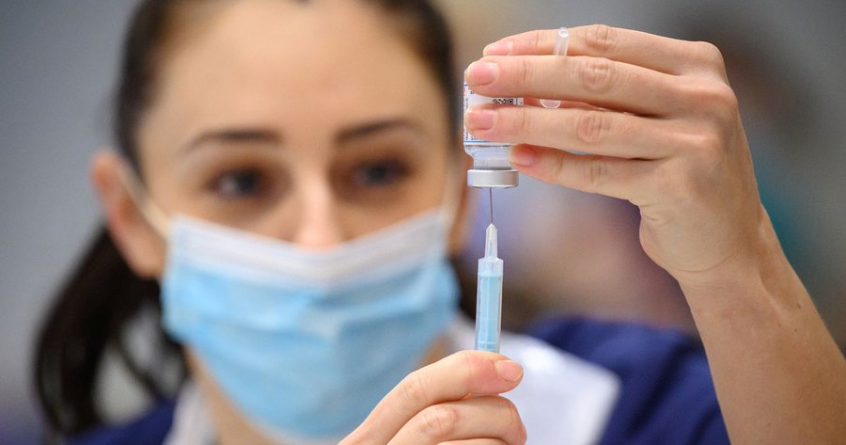Still, there are people who question if the Covid vaccination is worthwhile. But more evidence is coming to light, this time from a study in the US, showing indisputably that it saves lives not just at the individual level, but also within wider communities.
Dr Amitabh Suthar and colleagues from the US Centers for Disease Control and Prevention included 80% of US counties across 48 states, including 300 million people, in their BMJ report.
Their conclusions are powerful: fewer people die in communities that are better vaccinated, and scaling up of vaccination within communities pays huge dividends.
You may say, didn’t we know this already? Well, yes, but mainly from clinical trials. Numbers change once a drug, any drug, is used by the general public – and they are usually lower. So the ultimate test is when a drug is freely available and used in real life.
The first Covid-19 vaccines were authorised on the basis of safety and efficacy established in clinical trials, and conferred a remarkably high protection rate – more than 90%.
But the question with any new vaccine is: can it prevent infection on a countrywide scale when tested outside a controlled environment?
This study says it can, and it did, across the US from coast to coast.
Dr Suthar’s evaluation is based on more than 30 million cases of Covid-19 and more than 400,000 deaths linked to the illness, reported during the second year of the pandemic, between December 2020 and December 2021.
When the Alpha variant of Covid was prevalent in 2021, the mortality rate was reduced by 60%, 75%, and 81% in US counties with low, medium, and high vaccination rates, compared with those that had very low coverage.
The reductions in infection rates were 57%, 70%, and 80% in those counties when the Delta variant was dominant in the US and the impact on the number of people dying was similar.
So, counties with higher vaccination rates had fewer Covid-19 cases and deaths per head of population.
Even more startling, vaccination had a disproportionately large effect even in those counties with low and medium coverage.
For small increases in vaccination coverage of only 20% and 50%, mortality fell by 60% and 75% respectively.
A likely explanation for this disproportionately beneficial effect in counties with low and medium coverage is that vaccination programmes first targeted older people who are at greatest risk of severe illness and death from Covid.
Even with relatively low vaccination coverage, the percentage of older vaccinated people is going to be higher than the wider population.

